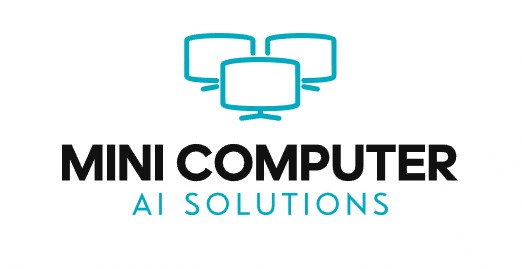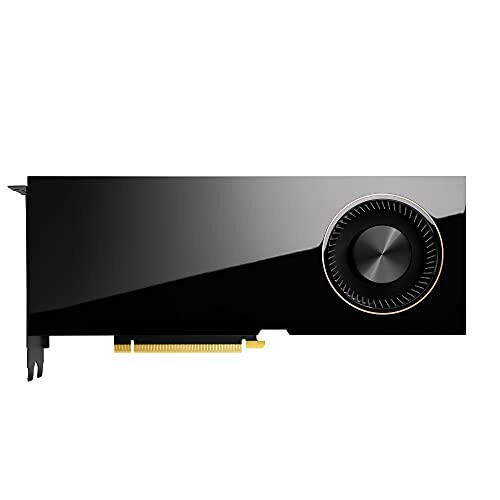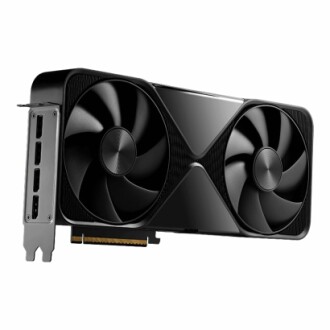
How to Choose the Right AI Graphics Accelerator
Key Takeaways
- Understand specifications like memory size, core architecture, and interface type.
- Consider compatibility with your existing hardware and software.
- Evaluate your specific needs for tasks like gaming, AI processing, or graphic design.
- Review cooling solutions and power requirements for peak performance.
- Research top models and their unique features for the best fit.
Choosing the right AI graphics accelerator can significantly impact the performance of your projects. With a plethora of options available, understanding what to look for in terms of specifications and compatibility becomes essential. This guide will take you through the vital factors that will help you make an informed decision when selecting an AI graphics accelerator.
Understanding Specifications
When it comes to graphics accelerators, specific technical specifications are paramount. Here are some crucial elements to consider:
| Specification | Importance |
|---|---|
| Memory Size (VRAM) | Affects the ability to handle complex tasks, higher memory allows for better performance in high-resolution environments. |
| Core Architecture | Newer architectures usually offer better efficiency and performance. |
| Interface Type | PCIe version influences data transfer rates, which can impact overall speed. |
| Cooling System | Essential for maintaining performance under heavy workloads. |
Evaluating Compatibility
Before making a purchase, check the compatibility of the graphics accelerator with your existing setup:
- Ensure your motherboard has the right PCIe slot available (e.g., PCIe x16).
- Verify that your power supply unit (PSU) meets the wattage requirements.
- Confirm software compatibility, particularly for AI processing applications.
Specific Needs Analysis
Your specific use case will guide your selection. Here’s a quick rundown:
Tips for Choosing Based on Use Cases
- Gaming: Look for high frame rates and low latency.
- AI Processing: Focus on higher VRAM and CUDA cores for better handling of data.
- Graphic Design: Choose models with excellent color accuracy and rendering capabilities.
Top Models to Consider
Let’s take a look at some notable AI graphics accelerators that stand out in their class:
PNY VCNRTXA6000-PB NVIDIA 48GB GDDR6 Graphics Card
Experience blazing speeds with this powerful graphics card designed for heavy workloads, featuring 48GB of memory and multiple display outputs.
Learn MoreNVD RTX PRO 6000 Blackwell Graphics Card
Harness the power of 96GB DDR7 memory to elevate your design and AI performance to new heights with unparalleled processing speed.
Learn MoreConclusion
Choosing the right AI graphics accelerator can enhance your project’s performance significantly. By understanding essential specifications, ensuring compatibility with your existing setup, and assessing your specific needs, you will be better prepared to select a product that meets your requirements. For more information, check out our detailed guides on Understanding Mini AI Computers and Buying Guides for making informed decisions.


